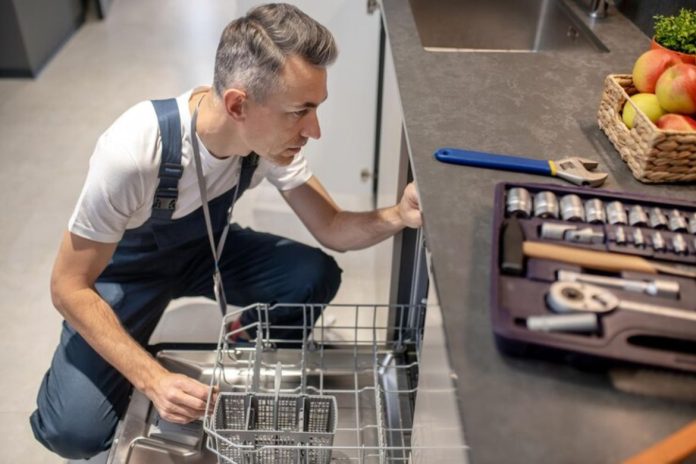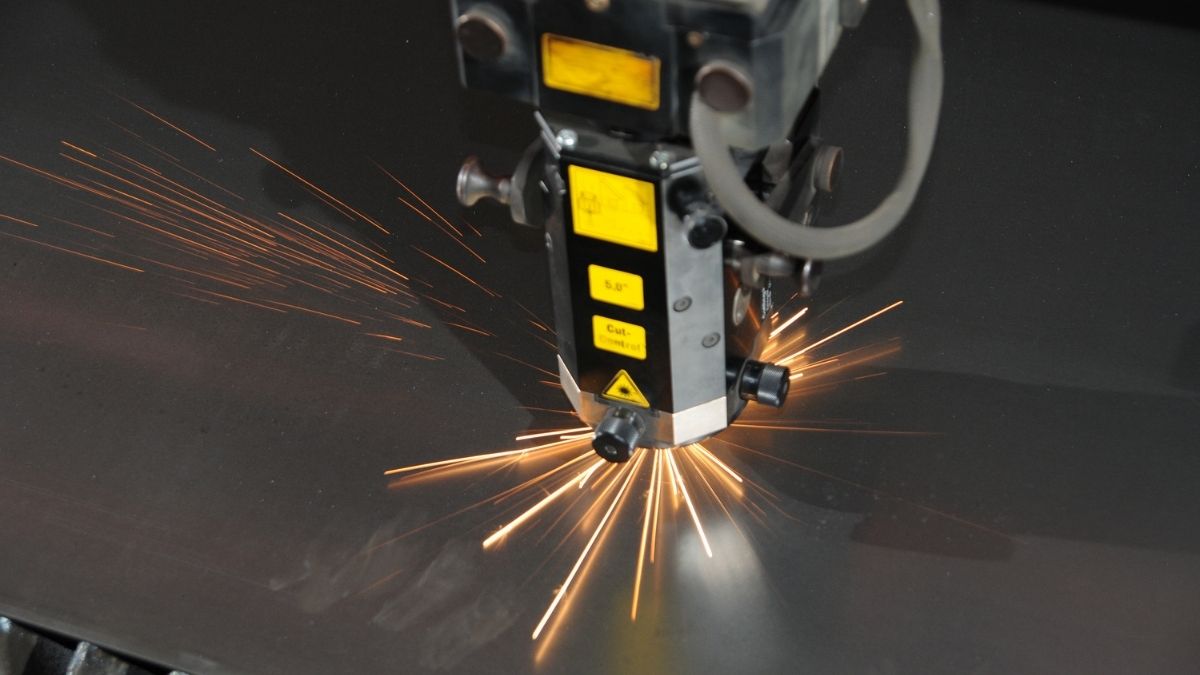Dishwashers are one of those modern appliances we don’t think much about—until they stop working. A broken dishwasher can be a huge inconvenience, especially when dirty dishes start piling up. But before you panic and call a professional, know this: many common dishwasher problems can be fixed at home with a little know-how and a step-by-step approach.
So, how do you go about fixing a faulty dishwasher efficiently? Let’s discuss.
In this guide, we’ll walk you through the most common issues and how to repair them safely. Whether it’s not draining, not cleaning properly, or simply refusing to start, there’s often a simple fix.
Why Should You Learn Basic Dishwasher Repair?
You might be wondering—why not just call a technician? While professionals are great for serious problems, learning a few repair basics can save you time and money. Plus, many issues don’t require fancy tools or years of experience.
Do-it-yourself dishwasher repair also helps you better understand how your appliance works. And when you understand your machine, you’re less likely to be caught off guard when things go wrong.
Safety First: Always Unplug Before Starting
Before we get into the details, here’s a friendly reminder: always unplug your dishwasher or switch off the circuit breaker before starting any repair. Dishwashers are connected to both electricity and water, so you want to avoid any risk of shock or leaks.
Take a few minutes to read the user manual as well. Some manufacturers include troubleshooting tips that are specific to your model, which can save you a lot of time.
Problem 1: Dishwasher Won’t Start
Let’s say your dishwasher just won’t turn on. No lights, no sounds—nothing. Here’s what to check:
Step 1: Check the Power Supply
Is it plugged in properly? It might sound obvious, but loose cords or a tripped breaker are more common than you think.
Step 2: Inspect the Door Latch
Dishwashers won’t start unless the door is securely latched. Look closely—if the latch is broken or not clicking into place, that could be the issue. You can usually replace the latch with a screwdriver and a replacement part ordered online.
Step 3: Test the Control Panel
If everything else looks fine, the control panel might be faulty. If the buttons aren’t responding, you might need to replace the entire control board. This is a bit more advanced but still doable with the right guide and some patience.
Problem 2: Water Isn’t Draining
Standing water at the bottom of your dishwasher is never a good sign. It can also lead to bad smells and mold growth if not addressed quickly.
Step 1: Clean the Filter
Start by removing the bottom rack and checking the drain filter. Food particles and grease can clog this area. Clean it with warm, soapy water and a brush.
Step 2: Check the Drain Hose
If the filter is clean and water still won’t drain, move on to the drain hose. It might be kinked, blocked, or even frozen in colder climates. You can detach it carefully and rinse it out.
Step 3: Test the Drain Pump
Still no luck? The drain pump may be faulty. You’ll need to access it from the bottom panel of the dishwasher. Test it with a multimeter for continuity, and if it’s broken, it can be replaced.
Problem 3: Dishes Aren’t Getting Clean
This can be frustrating—you run a full cycle, only to find food bits still stuck on your plates. So what’s going wrong?
Step 1: Load the Dishwasher Properly
Believe it or not, the way you load your dishwasher can affect performance. Make sure nothing is blocking the spray arms, and don’t overcrowd the racks.
Step 2: Inspect the Spray Arms
Take out the spray arms and check for clogs. Bits of rice, seeds, or plastic can get lodged inside. Rinse them under warm water and poke out any debris with a toothpick or wire.
Step 3: Use the Right Detergent
Not all detergents are created equal. Some cheap options don’t dissolve well or leave residue behind. Try switching to a quality detergent or pods, and always check the water temperature. Ideally, it should be at least 120°F for effective cleaning.
Problem 4: Leaking Dishwasher
A leaking dishwasher can cause water damage fast, especially if it’s near wooden cabinets or floors.
Step 1: Check the Door Seal
Over time, the rubber gasket around the door can wear out or get debris stuck in it. Wipe it clean and inspect for cracks. Replacing it is usually simple and inexpensive.
Step 2: Inspect the Hoses and Valves
Look under the dishwasher for any signs of leaks near the water inlet valve or drain hose. A loose clamp or worn-out hose could be the culprit.
Step 3: Examine the Float Switch
The float switch prevents the dishwasher from overfilling. If it’s stuck or malfunctioning, water might spill over. Make sure it moves freely and isn’t obstructed.
General Maintenance Tips to Avoid Future Breakdowns
Now that you’ve tackled the problem, how can you keep it from happening again? Let’s go over some basic maintenance habits that can help extend the life of your dishwasher.
Clean the Filter Regularly
Make it a habit to clean the filter at least once a week, especially if you don’t rinse your dishes before loading.
Run Hot Water Before Starting
Before starting a wash cycle, let your kitchen sink run hot water for a few seconds. This ensures the dishwasher starts off with hot water, which helps with cleaning.
Use a Dishwasher Cleaner Monthly
Minerals from hard water and detergent residue can build up over time. Run a cycle with a dishwasher cleaner (or vinegar if you prefer a natural option) once a month to keep everything fresh and efficient.
Keep an Eye on Spray Arms
Give them a quick spin now and then to make sure they’re moving freely and not blocked.
When Should You Call a Professional?
You’ve tried the steps, and the issue still isn’t resolved. So, when should you bring in the pros?
- If you suspect an electrical problem with wiring or the control board
- If water is leaking from the base or motor area
- If your dishwasher is more than 10 years old and showing signs of multiple issues
In such cases, professional help might save you from a bigger disaster. And remember, sometimes replacing an older model with a newer, more energy-efficient dishwasher is the better long-term choice.
However, if you’re not comfortable tackling repairs on your own or your dishwasher needs more complex attention, consider reaching out for professional dishwasher repair in Bellevue. Expert technicians from ineedaplumbernow.net can quickly diagnose and resolve issues, ensuring your appliance works like new again.
Final Thoughts
Dishwasher problems can feel overwhelming, but with a calm and methodical approach, many issues are easy to fix on your own. Whether it’s cleaning a filter or replacing a simple part, each small repair saves you money and helps you become more self-sufficient.
So the next time your dishwasher acts up, take a deep breath and refer to this guide. Most of the time, the solution is right within your reach, and there’s something satisfying about fixing things with your own hands.
Have you ever tried repairing your dishwasher? What was the trickiest part for you? Let’s discuss in the comments or with friends who love a good DIY challenge.









